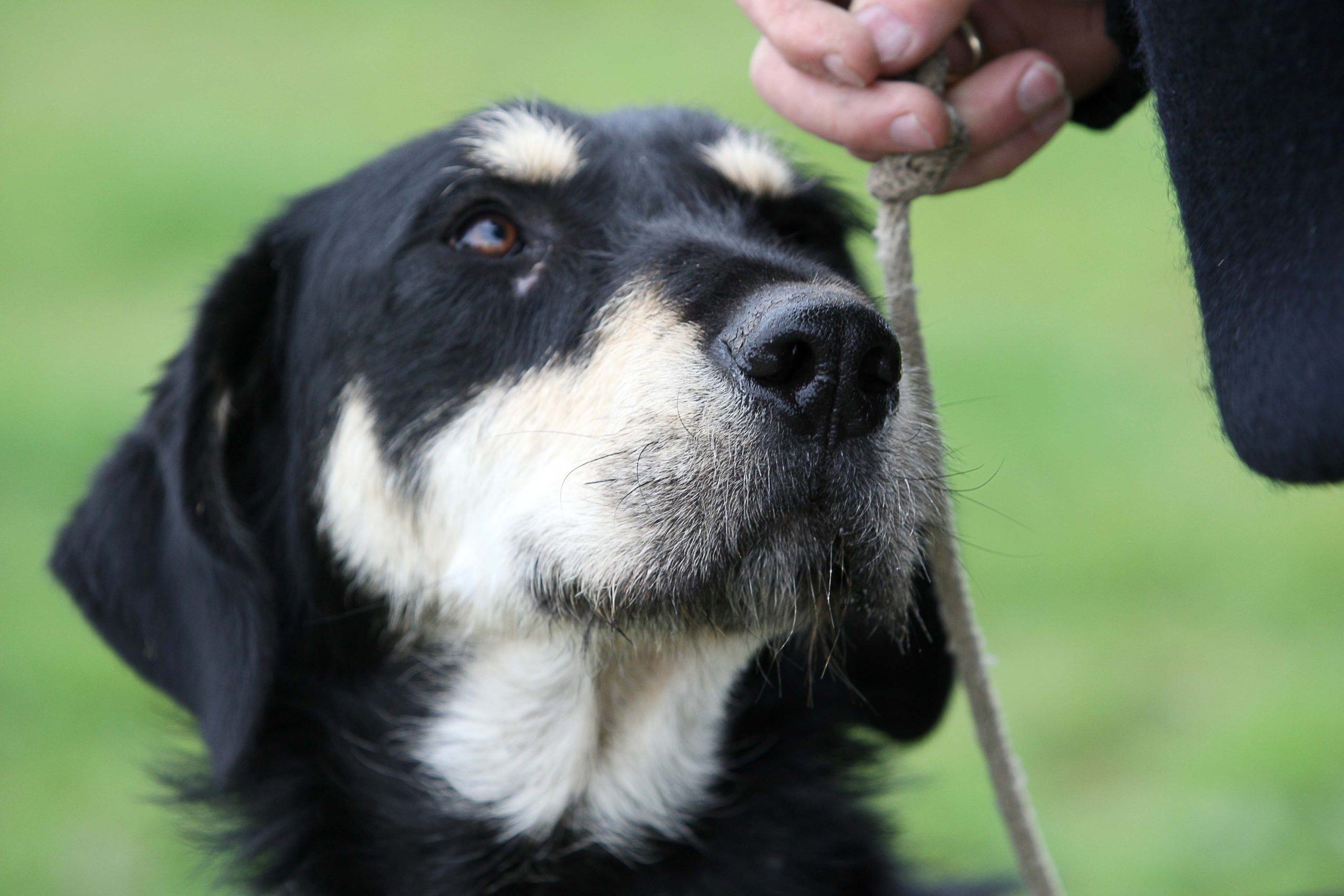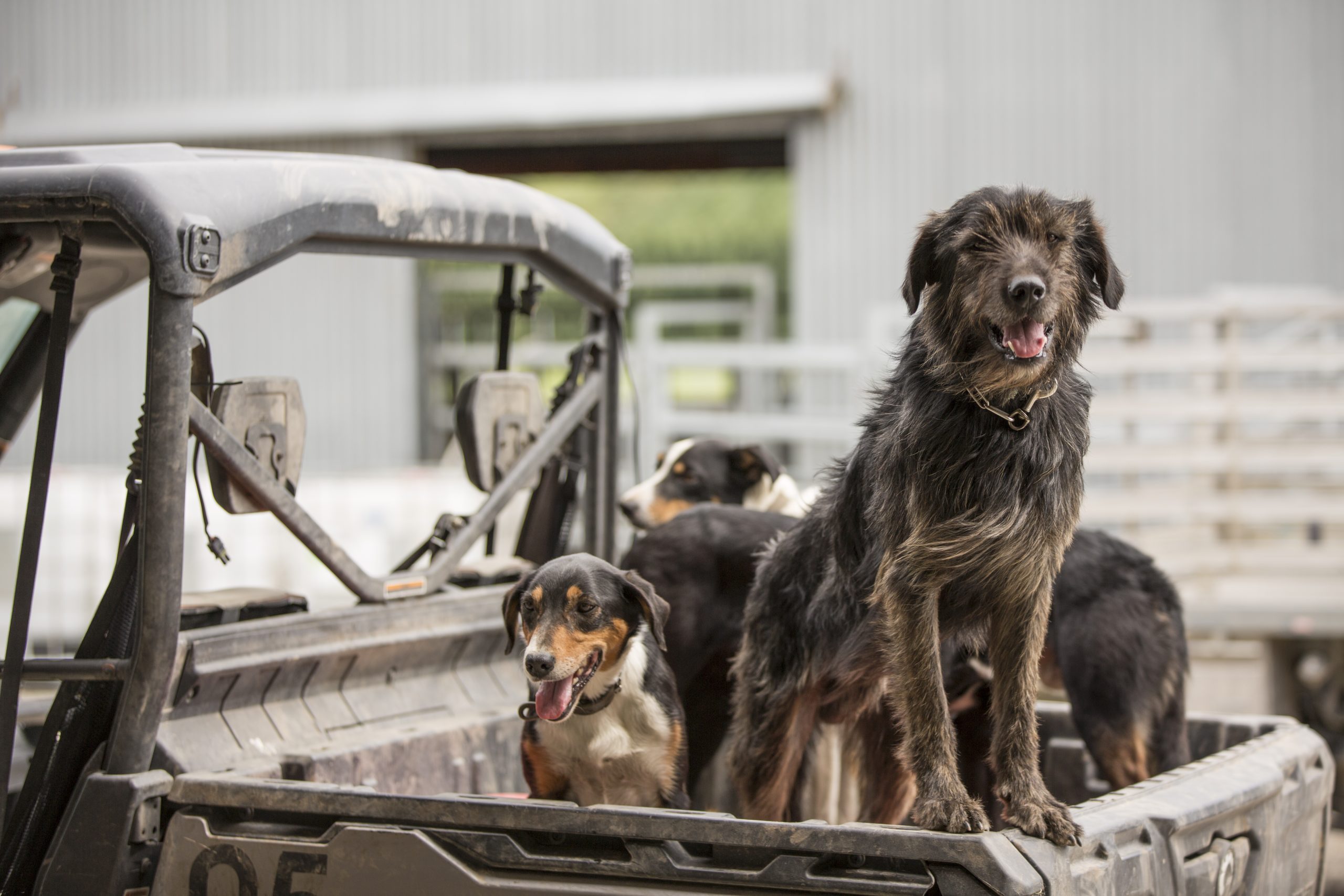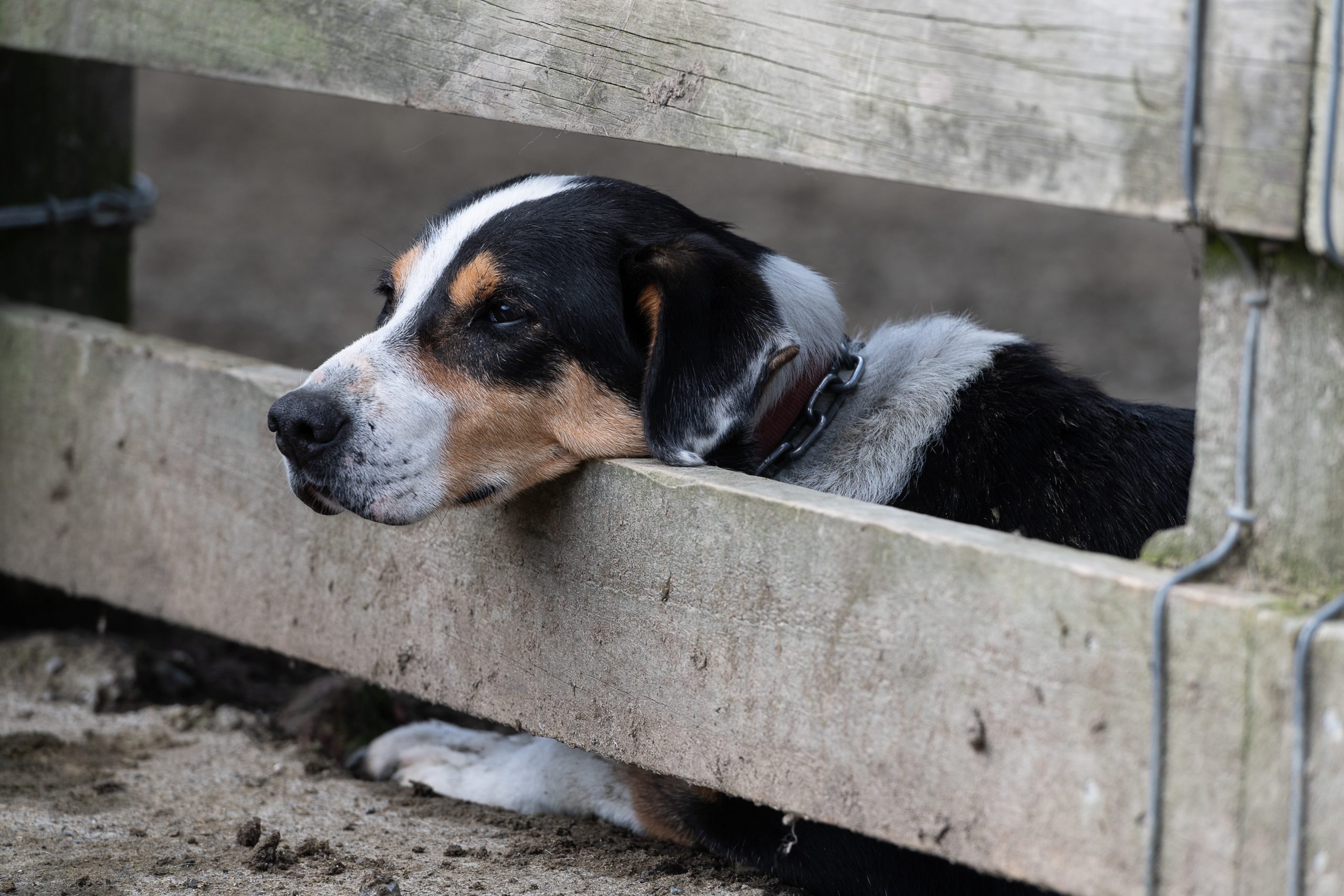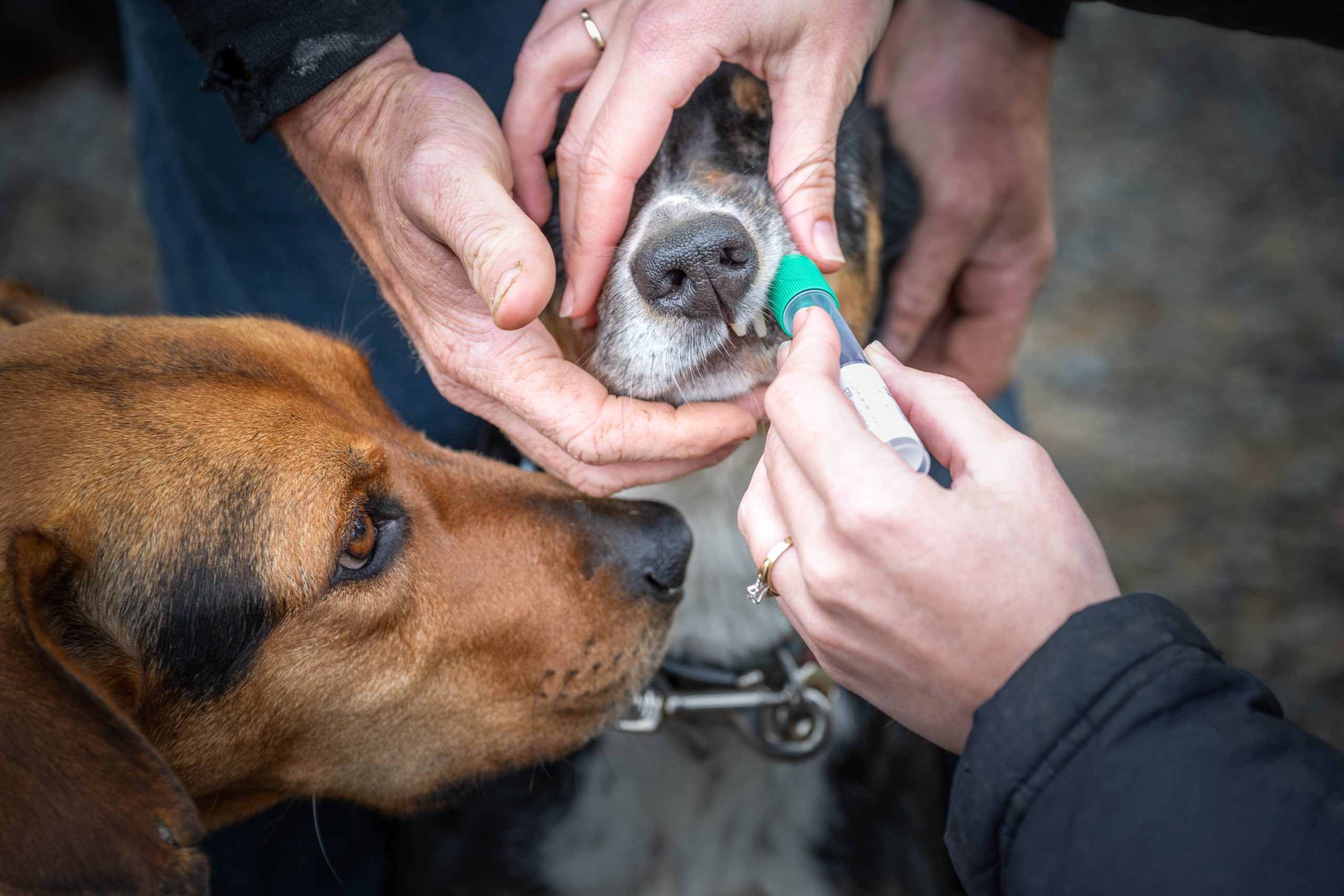Four-legged assets
Your valuable working dog can suffer a range of health issues, vet Rachael Fouhy writes.

Working dogs are among the most valuable assets on our farms and they are many veterinarians’ favourite patients to treat.
We see a range of common health issues in working dogs over summer, a selection of these are:
Heat Stress
On hot days some dogs will work themselves to a standstill, onfarm these dogs can sometimes appear to have a “fit”. This happens when a dog overheats. If this happens to your dog, cool them down as fast as possible – put them in a dam or trough ensuring their head stays above the water, and get them into the clinic as soon as possible. Covering them in wet towels on the way to the clinic is helpful. At the clinic they need intensive fluid therapy to prevent internal organ damage. Most dogs make a complete recovery, however this is a very serious condition.
Constipation
This is common in older dogs who eat a diet of bones, in particular male dogs. Older male dogs are prone to constipation as they often have an enlarged prostate which can press on the rectum and narrow the space for faeces to pass through. Many dogs often have a form of arthritis in their tail which can affect their ability to squat and defecate. If you suspect your dog is constipated, taking the dog for a run is the worst thing you can do. This does not stimulate them to poo, instead it dehydrates them more and can make the problem worse. Constipation can be a challenging condition and can have serious complications. In bitches, being constipated can also affect their ability to pee. Act promptly if you are concerned that your dog is constipated.
GDV/bloat/twisted gut
This is a life-threatening condition which can occur in Huntaway dogs. The cases we see are often after dogs have scavenged and eaten things they shouldn’t have such as horns, ear tags, possums, and placentas. They can also occur after large meals containing a lot of bones. Eating these things can prevent the stomach from emptying, leading to the stomach filling with gas and fluid and twisting. If you suspect your dog has this condition, take them to the vet asap.
Lameness and injury
Due to the nature of their work, working dogs suffer a range of traumatic injuries, some more dramatic than others. These range from pad injuries to broken bones and significant ligament injuries. Some pad injuries can be prevented by products such as Pad Aid and gradually increasing dogs’ work loads (I appreciate this is easier said than done) or having booties available for dogs that are prone to injuries. Ligament injuries are fairly common and that can be difficult to deal with if not promptly identified. Some of these are obvious, for example, the dog suddenly goes lame, while others present as an on-and-off lameness. The trick is to get them diagnosed quickly. If these are left, the joint scars and this build up of scar tissue makes surgical repair more challenging.
Nutrition is a cornerstone of any working dog health programme. When considering what you feed your dogs it is important to look at the nutritional makeup of any food as many of them vary greatly in terms of protein and fat – the two most important components.
It is important to consider how calorie-dense different foods are, to ensure you are feeding your dog well enough. Some feeds are so bulky dogs are physically unable to eat the amount required to meet their nutritional requirements. For dogs that struggle to maintain weight during periods of high work, splitting their feeds and feeding a small amount of calorie-dense working food in the morning can be helpful.
Do not feed large meals before a dog goes to work, but feeding a small handful of food before you let the dogs out for their morning can be very beneficial.
Kennel warmth is also really important to help dogs be in optimal condition. Conditions such as arthritis and low body weight can be greatly improved by providing a warm kennel. This can be achieved by numerous options including:
- Insulated kennels
- Providing dogs with coats
- Warm bedding – either beds or wool or straw in the kennels
- Scraps of canvas can be used to create door flaps to help prevent draughts and keep warm air in.
Arthritis is a common condition we see in middle aged to older working dogs and when proactively recognised and treated doesn’t have to be career-ending. Numerous products on the market can help with this including a variety of joint supplements, injectable products and foods.
Fleas can be a constant challenge. Fleas love to live in corners of kennels and can easily spread from one dog to another. There are a variety of flea treatments on offer, the best being Seresto collars which give up to eight months protection. If you have a flea infestation it is also important to clean the environment, including kennels and throw out any bedding.
A good vaccination programme is also important as unfortunately we still see parvo cases on a regular basis. The standard dog vaccine also includes protection against hepatitis, distemper, a respiratory virus, and parainfluenza. In addition we frequently see cases of kennel cough in working dogs and occasionally lepto. Kennel cough is highly contagious and lepto can be fatal. Protection against these diseases requires vaccination.
An excellent worming programme is also essential not only for individual dog health, but also for the protection of lambs from the effects of sheep measles.
dog food guide 2023



